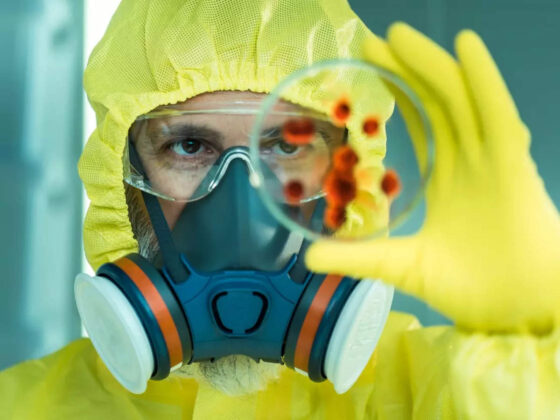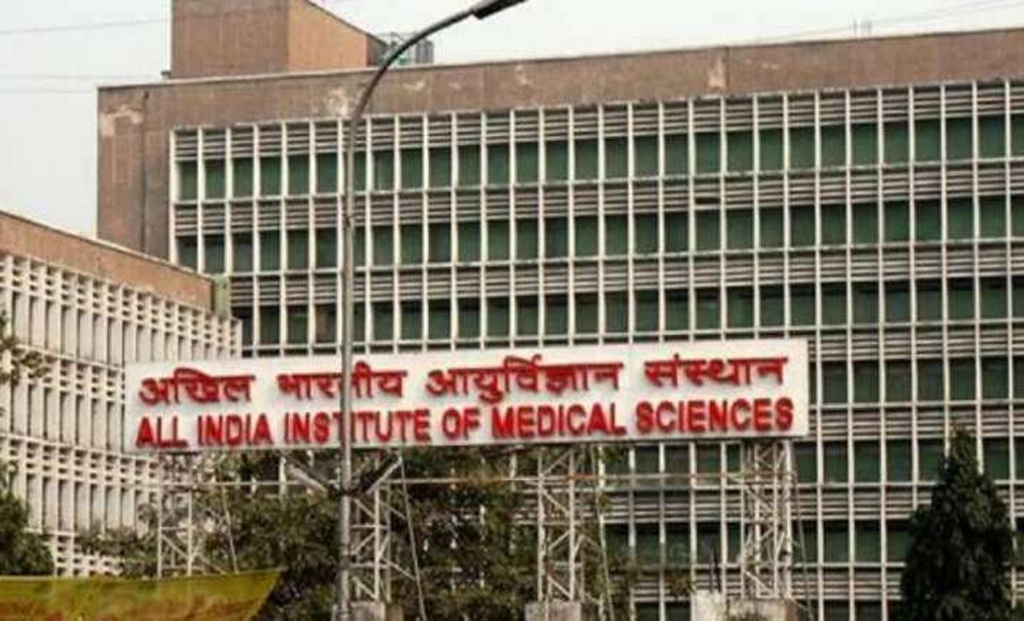Dr Akshat Malik
Head & Neck Cancer Surgeon
Max Superspeciality Hospital, Saket, New Delhi
Scarless Robotic Surgery for Thyroid Tumors
In the ever-evolving landscape of thyroid treatment, standing out is crucial to providing patients with the best possible care. Diseases related to the thyroid are widespread, with most being benign and non-threatening. However, around 5 percent of thyroid disorders can be malignant, requiring surgical intervention. Non-cancerous swellings may be monitored, but surgery becomes necessary if they cause cosmetic concerns or compress the food or windpipe in the neck.
Tailored Treatment for Thyroid Cancer
When it comes to thyroid cancer, treatment varies based on individual factors such as age, sex, lesion size, and the presence of metastasis. In most cases, surgery is the preferred choice. Surgical options include hemi-thyroidectomy, which removes half of the affected gland, and total thyroidectomy, which removes the entire thyroid gland. Lymph nodes in the neck may also require removal, extending to chest lymph nodes if necessary.
Managing Complications
Complications associated with thyroid surgery include vocal cord palsy and hypocalcemia. Vocal cord issues may result from nerve injury or excision during surgery, leading to temporary or permanent hoarseness. Hypocalcemia, caused by damage to parathyroid glands regulating calcium balance, may also occur temporarily or permanently, necessitating calcium supplementation. Complete thyroidectomy may require lifelong thyroid hormone supplementation.
Exploring Scarless Thyroidectomy
Scarless thyroidectomy offers an alternative approach to traditional surgery, leaving no visible neck scar. Instead, the thyroid gland is accessed from a remote location, such as behind the ear, the chest, or within the mouth.
Advantages of Robotic Surgery
Robotic surgery, performed by trained Head & Neck Robotic surgeons, offers several advantages. It leaves no visible scar, minimizing blood loss, and providing a magnified view for nerve and parathyroid preservation. This precision leads to fewer complications and faster recovery.
The Robotic Surgical Procedure
During robotic surgeries, a surgical robot with small arms and fine instruments is used. Surgeons operate from a separate console with a 3-dimensional view, maintaining complete control throughout the surgery.
Recovery and Beyond
Following scarless robotic surgery, patients can resume regular activities, eat, and drink on the same day. A drain is temporarily placed to remove collected blood, usually removed within a few days. There are no restrictions on diet or activities.
Also Read: – Four Effective Yoga Asanas To Improve Memory And Brain Health











